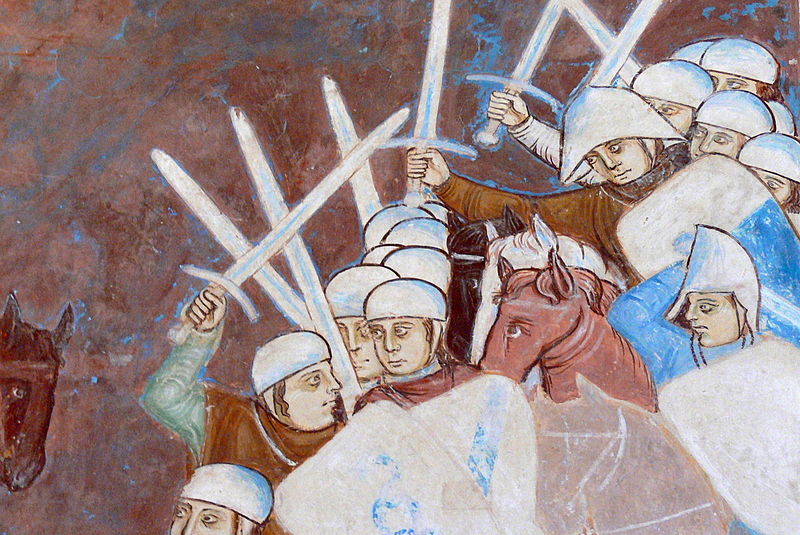
“Dracula was an essential component of the plan to remove all Japanese from Burma.”
By Roger Goulden
FOLLOWING THE unprovoked attack on Pearl Harbour in December 1941 the Japanese Empire embarked on a program of invasion and occupation of its neighbours.
Tokyo’s goal was the creation of what it called Greater East Asia Co-Prosperity Sphere; its advances throughout the region were spectacular. By May, Hong Kong, Singapore and the Philippines had fallen; Burma was effectively in Japanese hands as well.
The ultimate Japanese objective in its Burma campaign was the occupation of India, the “Jewel in the Crown” of the British Empire.
Although the British, U.S. and other forces did their best to contain the advance on India the Allies had few forces in the region sufficient to stop the Japanese. America had limited interests in South Asia and the British were stretched thin by its war with Nazi Germany.

Even after the attack on Pearl Harbour both Prime Minister Winston Churchill and President Franklin D. Roosevelt still prioritized victory in Europe. Consequently, Allied forces in South East Asia were invariably short of all supplies and reinforcements, which earned them the colloquial title of the “Forgotten Army.”
As the Japanese continued to roll up Burma, by mid-1942 the British found themselves dug in around Imphal at the gates of India. The appointment of Lieutenant General William Slim, the “Soldiers General,” changed the British fortunes in Burma.
Slim’s orders were to drive Japanese back from the Indian frontier and out of Burma entirely. This would not only safeguard India, but divert enemy resources away from the defence of the islands of the South Pacific and Japan itself.
The reconstituted British army in Burma would spend the next two years training, preparing for and executing the drive south across the country. By late 1944 it planned an operation to capture Rangoon. The city’s docks would serve as vital link in the supplying the Allies as they pushed east into Japanese-occupied Indochina.
The liberation of Rangoon would be achieved by way of an amphibious combined operation. The objective would need to be secured no later than May of 1945, which was the start of monsoon season. To this end, the British drew upon their extensive knowledge of amphibious combined operations undertaken before the U.S. had even entered the war.

Within days of the evacuation of British and French troops from the beaches of Dunkirk in May 1940 Churchill had begun planning attacks on the territories invaded and occupied by the Germans. Following tentative commando raids that had been described as “pinpricks,” as early as March 4,1941 an amphibious raid was carried out on the Lofoten Islands of Norway. From that point, amphibious combined operation raids became part of the Allied armamentarium.
The invasion of Rangoon was given the codename Operation Dracula. The importance of its success is evident by the number and range of troops deployed. Included in the order of battle was the 26th Indian Division and the 2nd British Division, each comprising approximately 20,000 troops including armoured and artillery units along with the full complement of engineers, signals and medical units. The armoured complement alone consisted of 50 Stuart, Valentine and Sherman tanks. Leading the assault would be 5,000 paratroopers of the Gurkha Parachute Battalion. As many as 201 ships including battleships and aircraft carriers would take part. Overhead, 451 aircraft from 224 Group RAF and USAAF squadrons would provide air cover.
Although meticulously planned, by the time troops arrived at Rangoon on May 1, 1945 the majority of the occupying Japanese had evacuated. Although the landings were largely unopposed, Dracula was an essential component of the plan to remove all Japanese from Burma. More importantly, the experience that it provided would prove invaluable for the future amphibious operations planned against the Japanese.

Tokyo would surrender within three months, had the fighting not ended in August of 1945, the lessons and experiences of Dracula would most certainly have been used in future combined operations.
This monograph, entitled Operation Dracula: The Invasion of Rangoon in May 1945, sets out to evaluate some of the earlier operations and to explore whether the lessons that might have been learnt were learnt to the later benefit of Dracula. The operations covered are the various British commando raids in Norway in 1941, Claymore and Archery, the predominantly Canadian raid on France at Dieppe, Operation Jubilee in August 1942, culminating in the multinational Operation Dracula, the invasion in Burma at Rangoon in April 1945, this being the final combined operation of the war. The benefits of all the operations is assessed, with particular emphasis on Dracula.

Roger Goulden is the author of Operation Dracula: The Invasion of Rangoon in May 1945 | The Culmination of Four Years of British Combined Operation Amphibious Landings 1941 to 1945. From the time he was an Officer Cadet in the British army, Roger has had a keen interest in military history and on discovering that his father, who served from 1943 to 1946 in South East Asia as a Medical Officer in the Royal Air Force, was involved in aspects of the recapture of Burma, decided to research that subject. Roger is also a qualified private pilot and is privileged to have two Spitfire Mk 9s in his flying log book.









